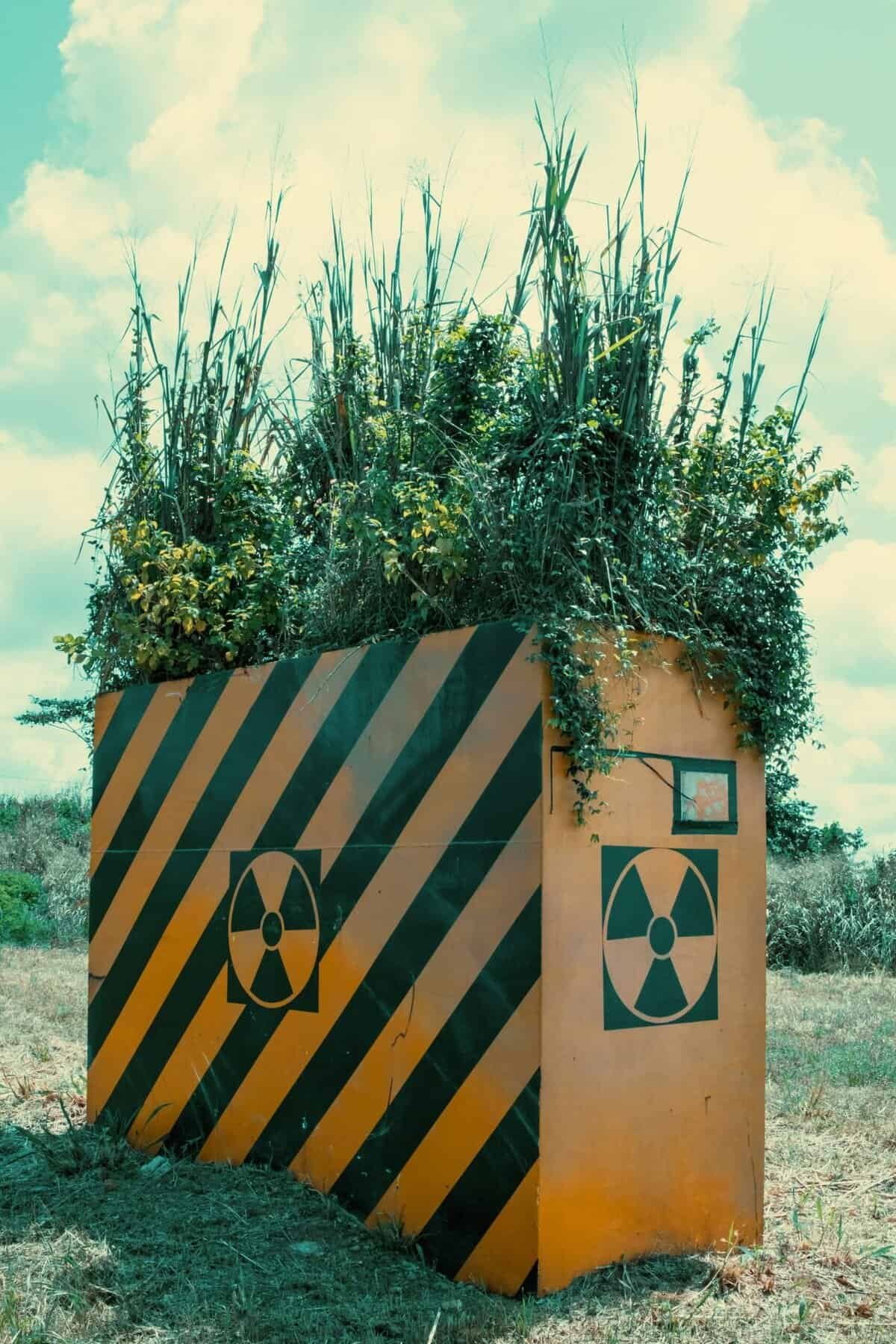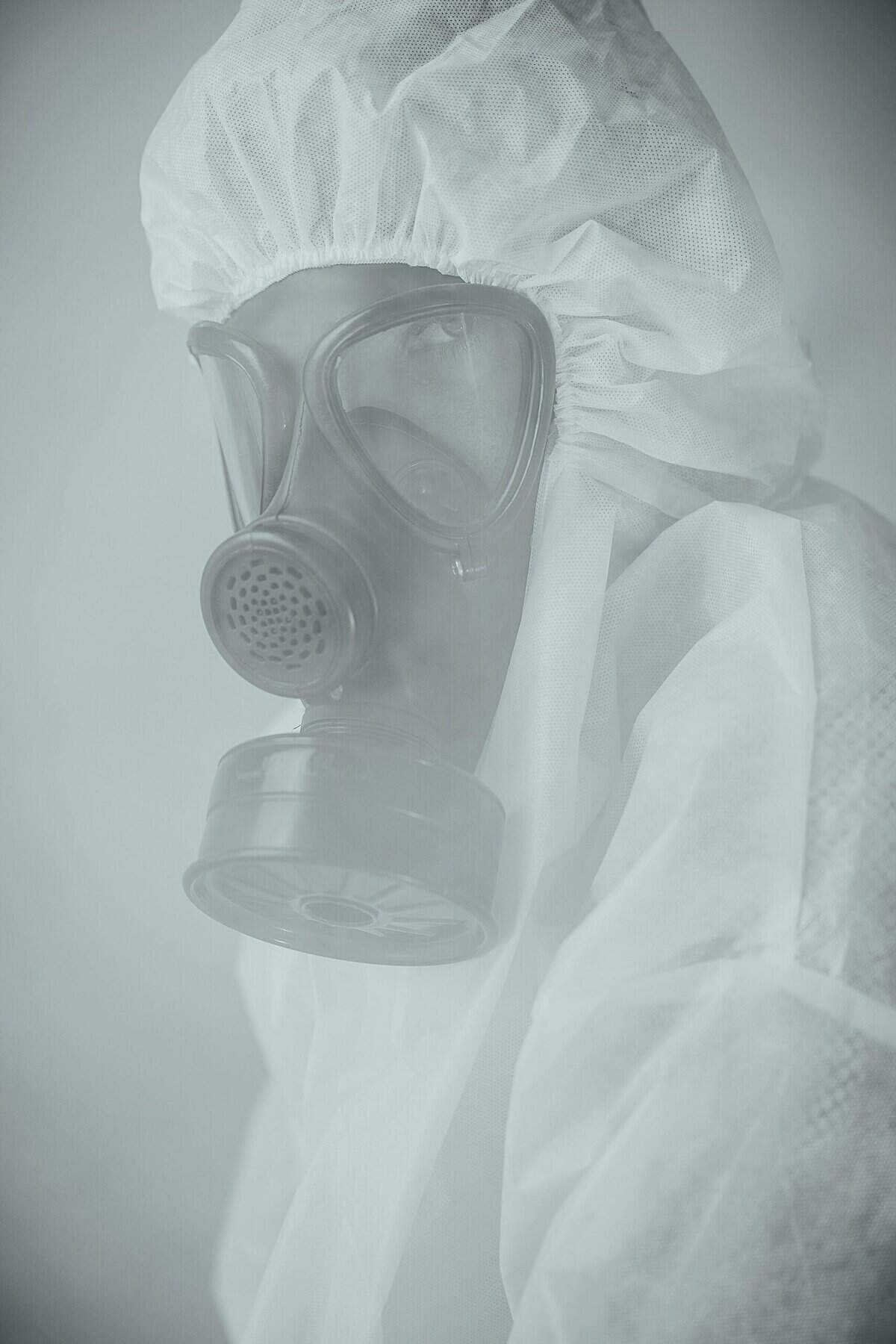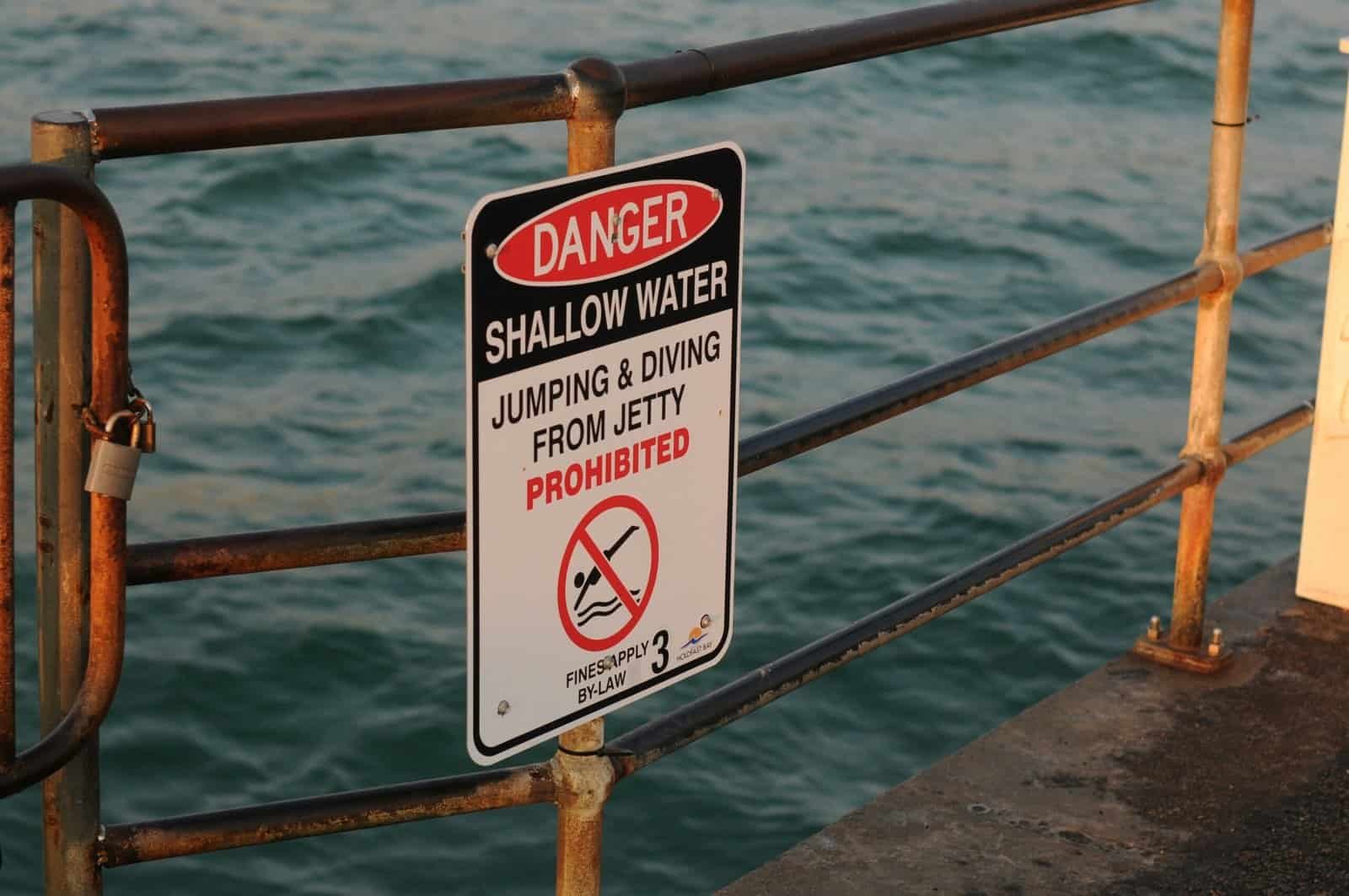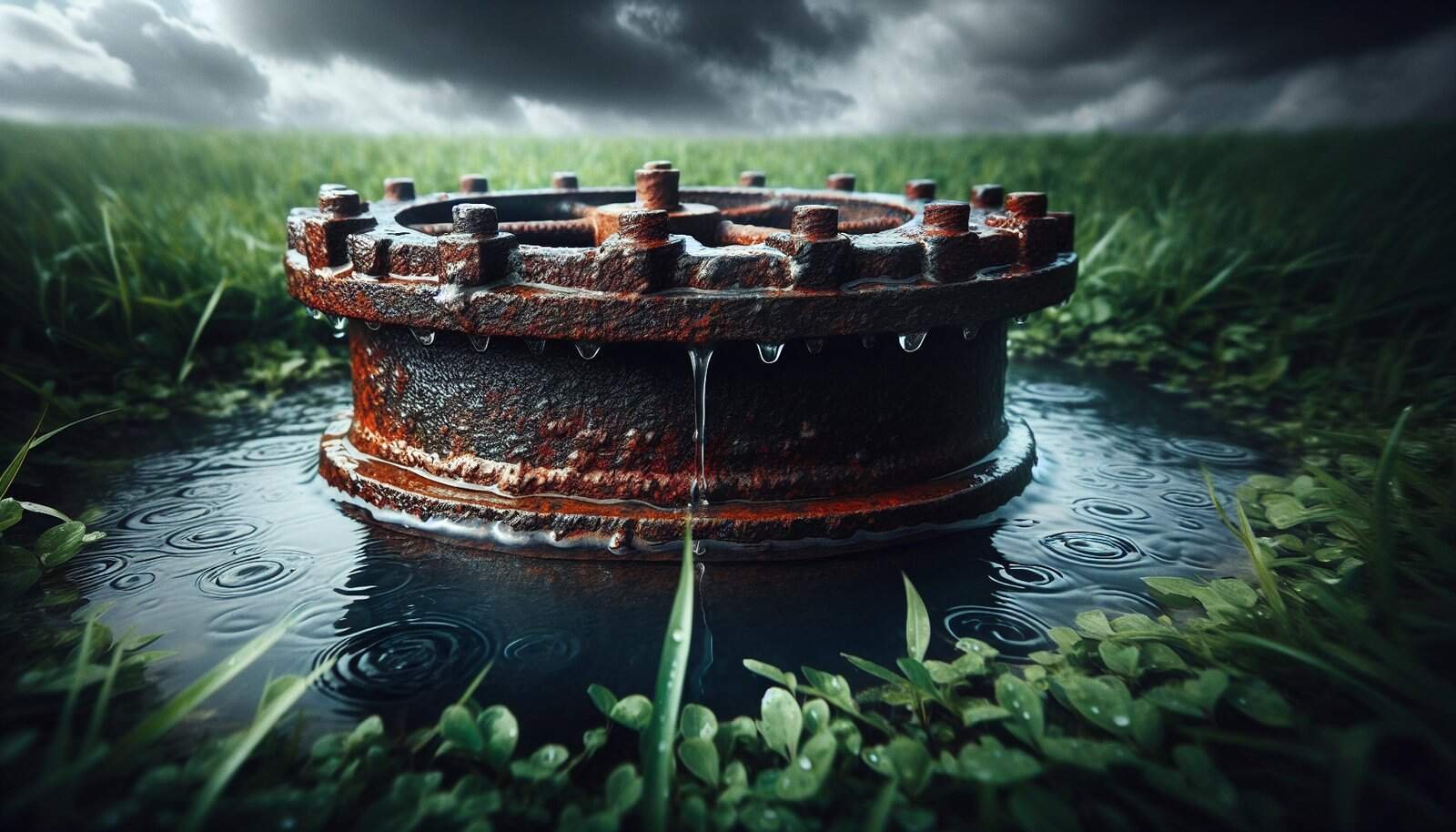Have you ever considered what might happen if a well cap on a water well isn’t properly sealed? It’s a crucial aspect of water management that often gets overlooked. Understanding the dangers can not only help you protect your water source but also ensure the safety of you and your family.

Understanding Well Caps
What is a Well Cap?
A well cap is the visible top of a well casing that provides an accessible lid and acts as a barrier to help protect the well from contaminants. Designed specifically to prevent dirt, insects, and animals from entering the well, it plays a vital role in maintaining water quality.
Types of Well Caps
There are several types of well caps available, each serving a similar purpose but in varying designs. Understanding each type can help you recognize and select the most suitable cap for your well. Below is a basic list.
| Type | Description |
|---|---|
| Standard Caps | Usually made of aluminum or plastic and sit atop the casing of a well. |
| Vented Caps | Include vents to maintain pressure balance while preventing contaminants. |
| Sanitary Caps | Make use of a gasket to ensure a tight seal against contaminants. |
Importance of a Properly Sealed Well Cap
Protects Against Contaminants
A well-sealed cap is your first line of defense against contaminants. Soil, insects, and small animals can enter the well if the cap isn’t sealed correctly, potentially introducing harmful bacteria and other pollutants.
Prevents Water Contamination
Through properly sealing, the well cap blocks external contaminants such as chemicals and waste, thereby ensuring that the water remains safe for consumption. Without the proper seal, rainwater can carry surface runoff into the well, compromising water quality.
Dangers of an Improperly Sealed Well Cap
Contamination Risks
One of the primary risks is the infiltration of bacteria like Escherichia coli (E. coli), which can lead to severe gastrointestinal illnesses. Beyond bacteria, other contaminants such as chemicals from fertilizers can easily enter an improperly sealed well.
Structural Damage
An unsealed well cap can lead to significant structural damage over time. Moisture intrusion can cause rust and corrosion of the metallic components of the well, reducing its lifespan.
Increased Maintenance Costs
Improper sealing can lead to increased maintenance costs. Contaminants can cause damage that requires frequent cleaning and repairs, costing more in the long run than installing and maintaining a proper seal.
Health Implications
Waterborne Diseases
Drinking contaminated water can result in waterborne diseases, which can range from mild gastrointestinal discomfort to severe illnesses requiring hospitalization.
Long-Term Health Effects
Continuous exposure to contaminated water can lead to long-term health issues. Heavy metals and dangerous microorganisms in your drinking water can accumulate in your body over time, posing significant health risks.

Identifying an Improperly Sealed Well Cap
Visual Inspection
Performing a visual inspection of your well cap can help identify any potential problems. Look for obvious damage, wear from weather conditions, or any gaps that might allow contaminants to enter.
Professional Testing
Hiring a professional to test your water and inspect the structure of your well cap is another method to ensure everything is as it should be. They can provide a comprehensive analysis of water quality and cap integrity.
Proper Sealing Techniques
DIY Inspection Tips
- Check for Cracks: Regularly check your well cap for any visible cracks.
- Look for Moisture: Signs of moisture around the well cap area can suggest improper sealing.
- Close Gaps: Ensure that there are no visible gaps where contaminants could enter.
Professional Installation and Maintenance
While some tasks can be managed by yourself, hiring a professional ensures that the seal is properly executed and maintained. Professionals have specialized techniques and materials that guarantee long-term protection.

Benefits of Regular Maintenance
Prolongs Well Life
Regular maintenance and proper sealing can extend the life of your well by preventing damage from contaminants and the elements.
Ensures Safe Drinking Water
Regular checks and maintenance allow for immediate correction of any sealing issues, which ensures continuous access to safe drinking water.
When to Call a Professional
Noticeable Changes in Water Quality
If you notice changes in taste, smell, or clarity of your water, it’s essential to contact a professional to evaluate your well system. This might indicate that contaminants have breached your well cap.
Structural Changes
If structural changes, such as visible cracks or shifted positions, are observed in the well cap, a professional should be contacted immediately.

Conclusion
Understanding the dangers of an improperly sealed well cap is crucial for maintaining the health and safety of your water supply. By recognizing the types of well caps, regularly inspecting them, and opting for professional maintenance when necessary, you can effectively protect your well from contamination and ensure a safe water source for you and your family. Securing a proper seal on the well cap isn’t just about preventing problems; it’s about guardianship of one of your most precious resources—your water.
